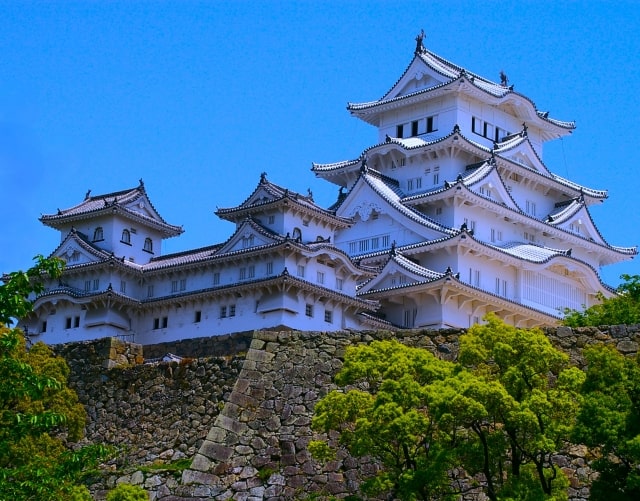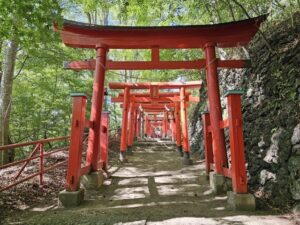Recently, one of the most talked-about trends in the tourism industry has been the increase in admission fees for foreigners and the display of prices in dollars. Himeji Castle, in particular, has sparked debate with its new pricing policy. The castle has decided to raise admission fees for foreign tourists only and display those fees in dollars. This news has generated significant reactions, reigniting discussions about Japan’s inbound tourism policies.
Background of Japan’s Inbound Policy: Aiming to Become a Tourism Powerhouse
For years, Japan has been actively promoting inbound tourism. According to the Japan Tourism Agency, a record 32 million foreign visitors came to Japan in 2019, making tourism a key pillar of the country’s economy. Leading up to the Tokyo Olympics, initially scheduled for 2020, various policies were implemented to further boost inbound tourism demand.
However, the COVID-19 pandemic dealt a devastating blow to the tourism industry, causing a drastic drop in foreign visitors and leaving many tourist sites struggling. As a result, the Japanese government and local authorities were forced to explore new strategies to revive the industry. Himeji Castle’s revised admission policy can be seen as part of this broader effort.
Pricing for Foreigners: Fair or Unjust?
The practice of setting different prices for foreigners at tourist attractions is not only a subject of debate in Japan but worldwide. Some argue that charging higher fees for foreign visitors is justified as a fair contribution. Particularly for attractions that require significant funds for maintenance and preservation, additional revenue from foreign tourists can serve as a crucial financial resource.
On the other hand, critics argue that such pricing policies are discriminatory. Foreign visitors come to Japan to experience its culture and history, and treating them differently may damage Japan’s image. There is concern that at World Heritage sites like Himeji Castle, all visitors should be treated equally.
Examples of Dual Pricing Around the World
Japan is not alone in implementing different pricing for locals and foreigners at tourist attractions. In Thailand, it is common for foreign visitors to pay several times the fee charged to locals at many sites. Similarly, Egypt’s pyramids and India’s Taj Mahal also have significant price differences between locals and foreign tourists.
In these countries, revenue from foreign visitors is used to maintain and protect cultural heritage sites, while also ensuring that local residents have affordable access. Additionally, income from tourists helps mitigate the environmental impact caused by mass tourism.
The Impact of Pricing on Inbound Tourism
Opinions are divided on how Himeji Castle’s new pricing policy will affect Japan’s image as a tourist destination. Some worry that foreign tourists may avoid visiting due to the higher fees, potentially leading to a decline in inbound tourism. Japan has long emphasized its spirit of “omotenashi” (hospitality), and there are concerns that this pricing policy could tarnish that image.
However, others argue that foreign tourists may not mind paying higher fees. Visitors who come to see World Heritage sites and historical landmarks tend to recognize their value and are willing to pay higher admission fees. Furthermore, if the additional revenue from foreign tourists is used to improve facilities and services, it could enhance the overall tourist experience and even lead to more repeat visitors.
Shifting from Quantity to Quality in Inbound Tourism
The debate over Himeji Castle’s new pricing policy provides an important opportunity to reconsider the fairness of charging different prices for foreigners at tourist sites. While the impact of pricing on inbound tourism cannot be generalized, it is essential for tourist destinations to balance economic considerations with fairness for all visitors.
As Japan continues to promote inbound tourism, it is crucial to carefully consider the pros and cons of dual pricing systems, taking into account the opinions of both domestic and international tourists. Even in pricing policies, the spirit of “omotenashi” should not be forgotten, and Japan must continue to offer attractive tourist destinations that appeal to visitors.









Comments